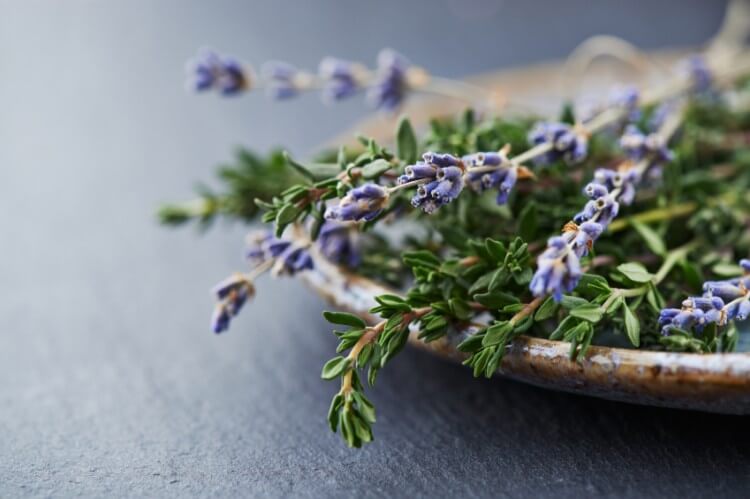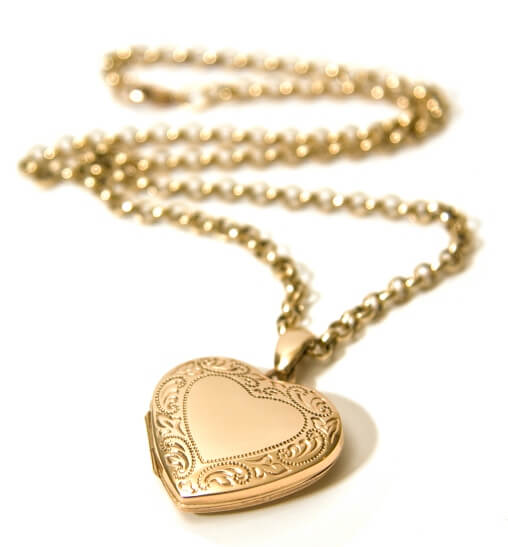
If you enjoy spending time outdoors in the summer, you know that nature inevitably leaves its mark on your clothes in the form of unsightly, hard-to-clean grass stains.
You can blame chlorophyll, the chemical that gives plants their green hue, for ruining your favourite pair of jeans. In addition to being a strong dye, chlorophyll binds well with natural fibres, making it notoriously difficult to remove.
While delicate materials like silk or wool should always be handled by a professional dry cleaner, denim and cotton clothes can benefit from grass cleaning solutions you can make at home. The basic steps are similar in each case:
Note: Some cleaners can fade or discolour clothing. Always “spot test” cleaners on an inconspicuous location before applying it to the stain.
Step 1: Give the stain a hot water bath. Run the stain under hot water, preferably using a high-pressure nozzle. This will remove any solid grass pieces and loosen the stain. For best results, you should clean the stain as soon as possible to keep it from setting.
Step 2: Scrub the stain with detergent. Any liquid detergent will do. Use a scrub brush or a toothbrush and thoroughly scrub the affected area, then rinse.
Step 3. Apply a cleaning agent. There are literally dozens of products that claim to remove grass stains, but the simplest and most cost-effective home remedy is a mixture of baking soda and white vinegar. Sprinkle baking soda on the stain, then pour the vinegar over top and scrub the mixture while it fizzes.
Step 4: Launder in warm or hot water. Most denim clothing can handle your washer’s hot water cycle, while cotton clothes can be washed in warm water. Just in case, you should always follow the washing instructions on the label. Wash with detergent as normal.
If the stain persists after step 4, don’t put the clothing in the dryer – this will cause the stain to set. Instead, repeat steps 3 and 4 using “harsher” cleaners, starting with rubbing alcohol and then progressing to chlorine bleach. You can also try natural digestive enzymes, which are available at most health food stores. Mix the contents of several enzyme capsules in lukewarm water until you get a mixture with the consistency of toothpaste. Scrub the mixture into the stain and let it sit for 20 minutes, then repeat step 4.




